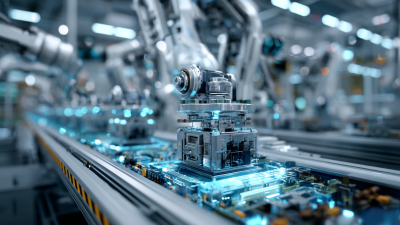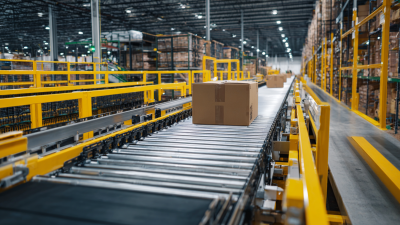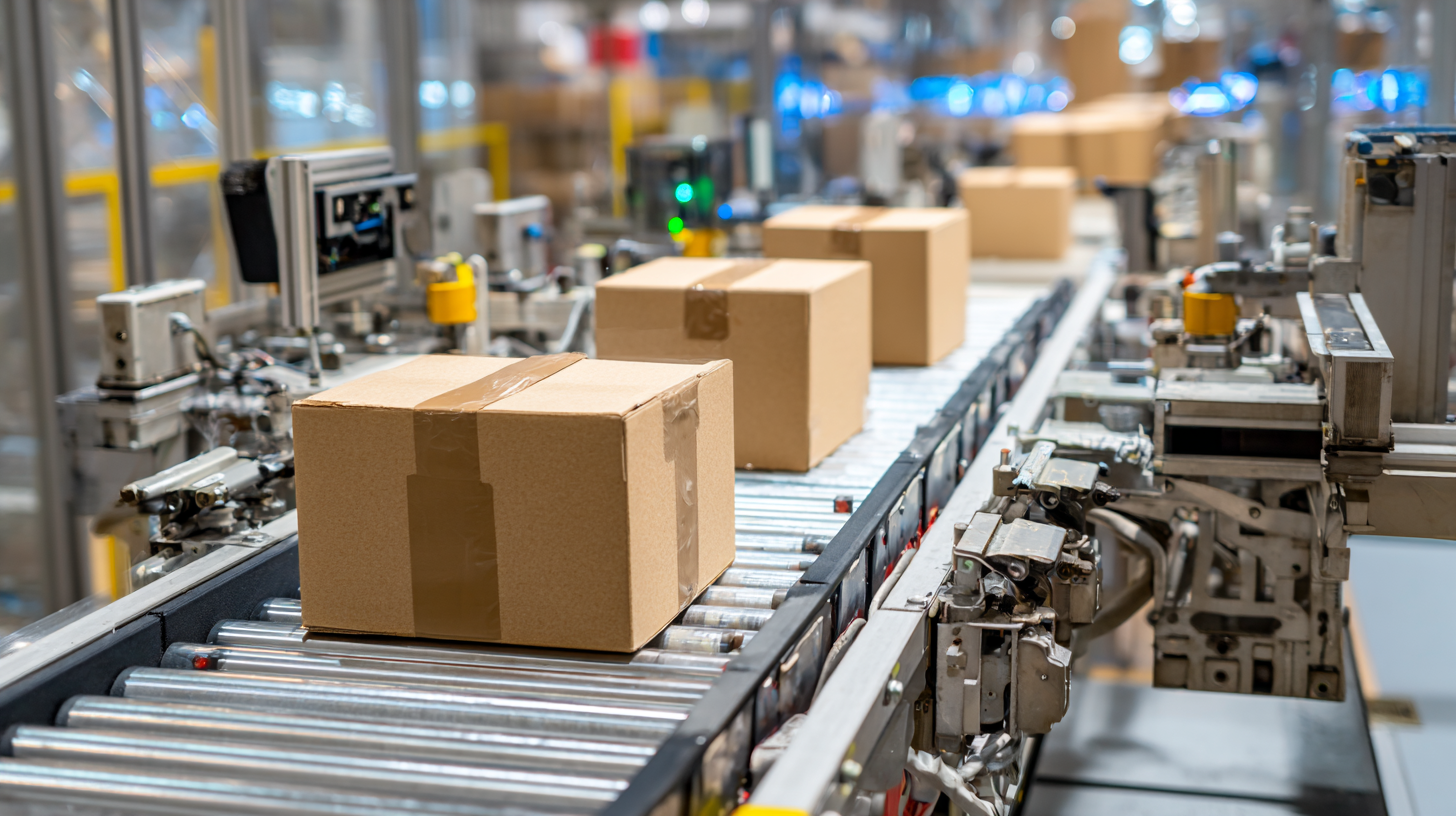 In the fast-evolving landscape of packaging solutions, the design and efficiency of case packers are transforming the industry. As businesses strive to enhance operational efficiency and reduce costs, the integration of advanced case packing technology has become more crucial than ever. Industry expert Dr. John Emerson, a leading figure in packaging innovation, asserts, “The adoption of case packers is no longer a luxury but a necessity for companies aiming to remain competitive in the market.”
In the fast-evolving landscape of packaging solutions, the design and efficiency of case packers are transforming the industry. As businesses strive to enhance operational efficiency and reduce costs, the integration of advanced case packing technology has become more crucial than ever. Industry expert Dr. John Emerson, a leading figure in packaging innovation, asserts, “The adoption of case packers is no longer a luxury but a necessity for companies aiming to remain competitive in the market.”
With the potential to cut packaging costs by up to 30%, case packers are revolutionizing how products are efficiently handled and prepared for shipping. This guide will explore the multifaceted benefits of case packers in 2025, providing insights on how leveraging these state-of-the-art machines can streamline operations, reduce labor costs, and enhance overall productivity. As companies increasingly assess their packaging strategies, understanding the role of case packers in optimizing efficiency has never been more critical.
The evolution of case packing technology is significantly transforming packaging efficiency, setting the stage for a revolutionary shift by 2025. Key trends are emerging in response to the demand for sustainability and smart technologies, which are reshaping not only how products are packaged but also how they are presented. Innovations such as recycled materials, advanced automation, and smart sensors allow for greater flexibility and responsiveness in packaging systems, reducing waste and operational costs by up to 30%.
As consumer preferences evolve, the integration of technologies like AI and IoT in packaging processes is becoming pivotal. These innovations enhance product protection, streamline inventory management, and offer real-time tracking capabilities. Furthermore, businesses are reimagining their packaging strategies to align with sustainability goals, responding to the industry's urgent need for environmentally friendly practices. This convergence of advanced technologies and sustainable methodologies signifies a transformative phase for case packing, ultimately leading to more efficient and cost-effective solutions in 2025.
| Trend | Description | Cost Reduction (%) | Efficiency Improvement (%) | Adoption Rate (%) |
|---|---|---|---|---|
| Automation | Integration of robotics and AI to streamline packing processes. | 30 | 25 | 60 |
| Sustainable Packaging | Use of eco-friendly materials that reduce waste and energy consumption. | 20 | 15 | 75 |
| Smart Technology | Utilization of IoT for real-time monitoring and data collection. | 25 | 20 | 50 |
| Flexible Packaging | Adoption of versatile packaging solutions for varied product sizes. | 15 | 18 | 65 |
| Data Analytics | Leveraging data analysis for optimizing packing operations and reducing waste. | 22 | 30 | 55 |
The landscape of packaging has undergone significant transformation with the introduction of modern case packers, which stand in contrast to traditional packaging methods. Traditional packaging often relies on manual labor and time-consuming processes, leading to increased costs and inconsistencies in packaging efficiency. Labor-intensive methods can result in higher error rates, product damage, and longer turnaround times, ultimately affecting overall productivity and profit margins.
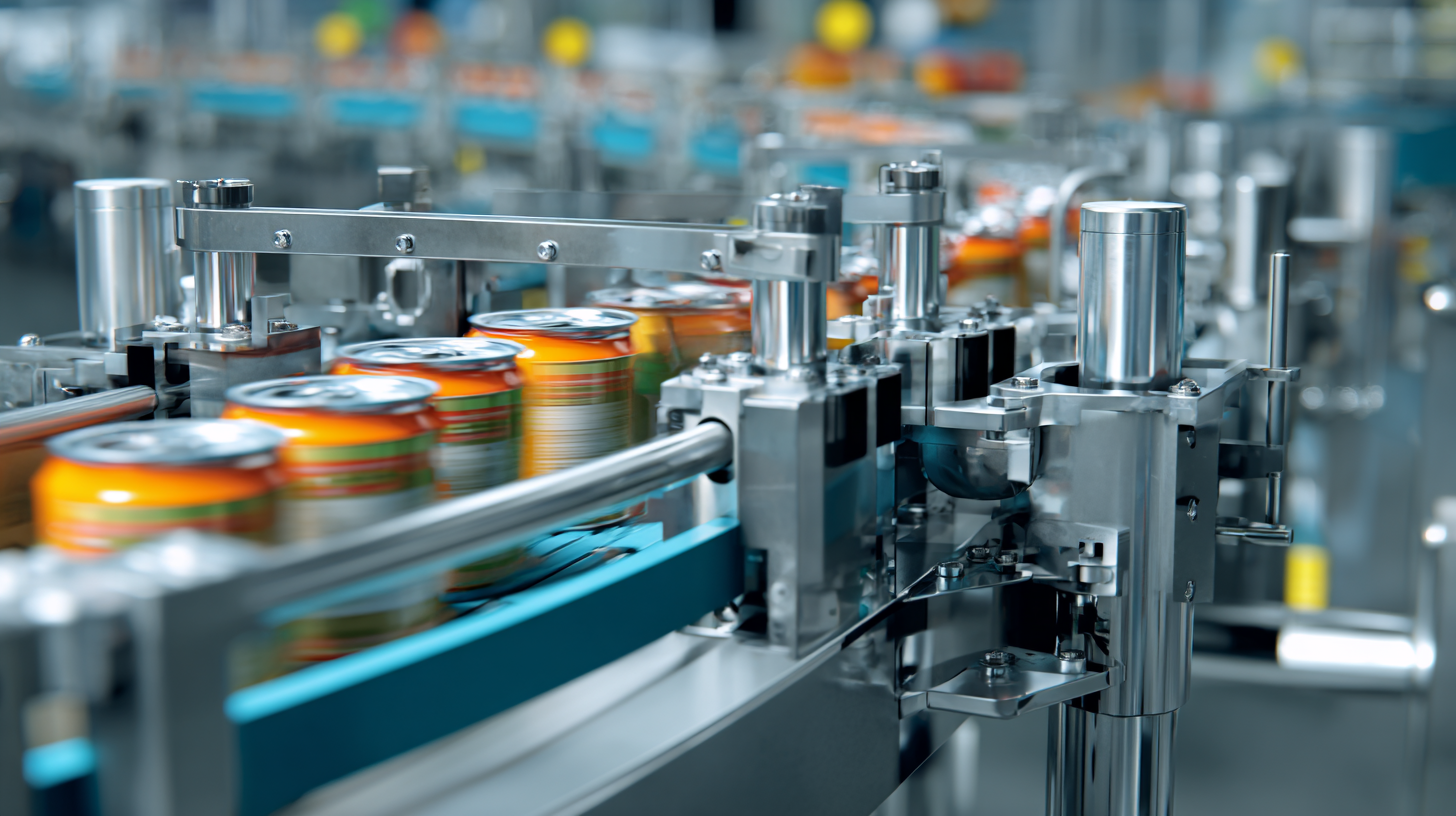
In comparison, modern case packers utilize advanced automation and robotics, optimizing the packaging process significantly. These machines are designed to handle various packaging formats, allowing for faster and more accurate packing. The technological enhancements enable businesses to scale operations without a corresponding increase in labor costs. By employing case packers, companies can achieve up to 30% cost reduction through minimized labor dependency, reduced material waste, and improved throughput, showcasing a stark contrast to the inefficiencies of traditional systems. This evolution in packaging strategy not only streamlines operations but also positions businesses for greater competitiveness in the market.
The introduction of case packers in packaging workflows has significantly transformed labor dynamics and productivity metrics across various industries. Automating the case packing process reduces the dependency on manual labor, thus minimizing labor costs. Businesses can reallocate personnel to more value-added tasks, directly enhancing overall operational efficiency. This shift not only leads to savings on wages and training but also improves employee morale, as workers can engage in more skilled and fulfilling roles rather than repetitive tasks.
Productivity metrics also see a marked improvement with the utilization of case packers. These systems optimize packing speed and accuracy, leading to a quicker turnaround time for product distribution. By minimizing the chances of human error, case packers ensure a consistent output quality, which is critical in maintaining brand reputation and customer satisfaction. Furthermore, the integration of real-time data tracking allows companies to assess their packaging operations effectively, making adjustments as necessary to maximize throughput and minimize downtime. Overall, case packers emerge as a vital investment for companies looking to streamline operations and enhance productivity while keeping labor costs in check.
This chart illustrates the impact of using case packers on labor costs and productivity metrics. The data shows how packaging efficiency improves over time with the adoption of case packers, leading to significant cost savings.
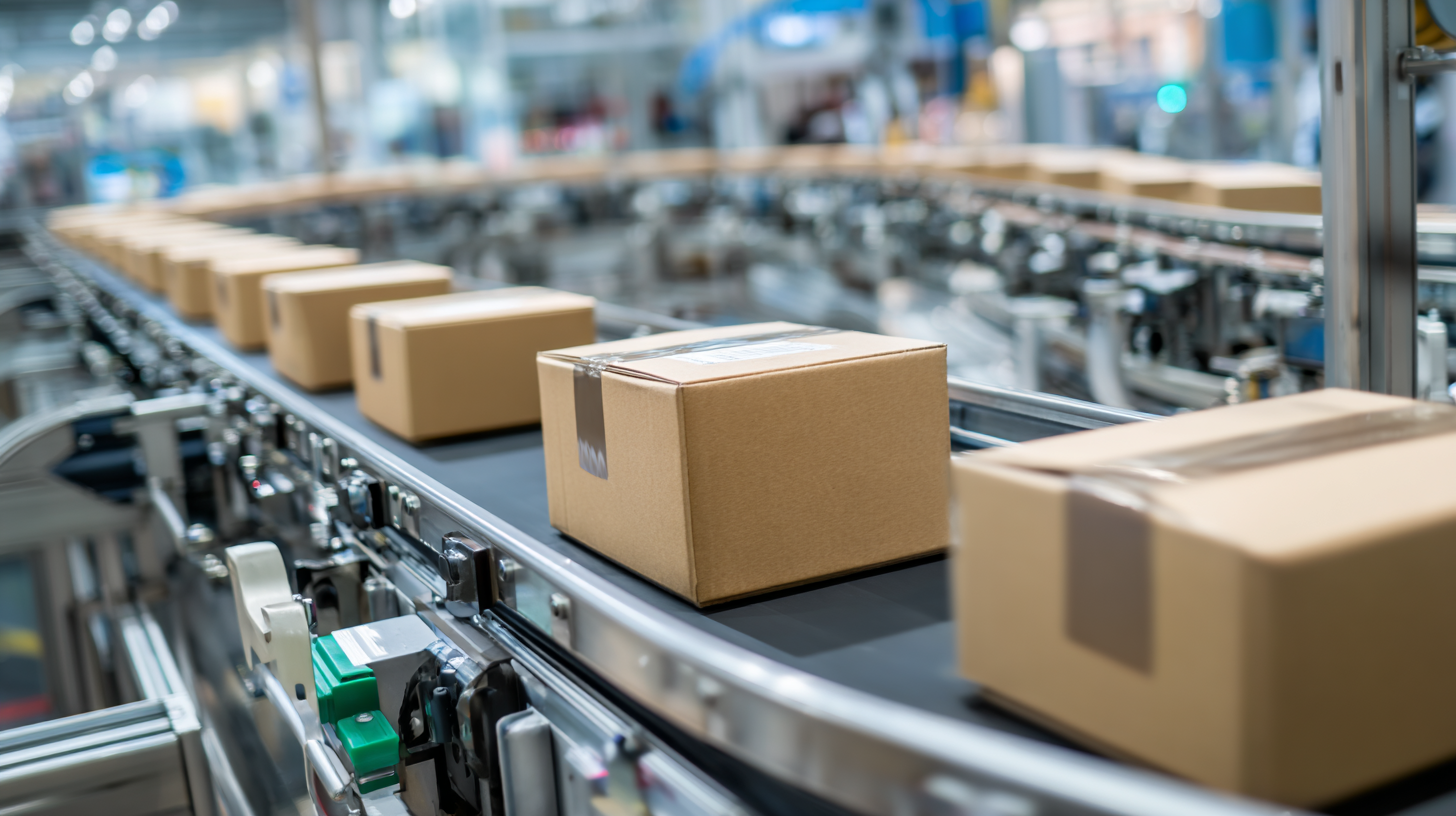 Case packers are transforming the packaging landscape by offering innovative solutions that not only improve efficiency but also significantly reduce operational costs. In various case studies, businesses have reported dramatic savings of up to 30% after implementing case packers. For instance, a leading beverage company noticed a substantial decrease in labor costs and packaging material waste, enhancing their bottom line while maintaining product quality. These machines streamline the packing process, allowing products to be handled more quickly and accurately, which is crucial in a fast-paced market.
Case packers are transforming the packaging landscape by offering innovative solutions that not only improve efficiency but also significantly reduce operational costs. In various case studies, businesses have reported dramatic savings of up to 30% after implementing case packers. For instance, a leading beverage company noticed a substantial decrease in labor costs and packaging material waste, enhancing their bottom line while maintaining product quality. These machines streamline the packing process, allowing products to be handled more quickly and accurately, which is crucial in a fast-paced market.
Tips for maximizing the benefits of case packers include conducting a thorough assessment of your current packaging process to identify bottlenecks. Investing in training for your team can also pay dividends; knowledgeable operators can better utilize the machinery’s capabilities, leading to greater efficiency. Additionally, consider integrating case packers with other automation technologies in your production line to further enhance workflow and cut costs.
By analyzing successful case studies, businesses can learn valuable lessons on how to leverage case packers effectively. For example, a snack food manufacturer was able to automate their packing line and reduce labor requirements significantly, resulting in lower overhead costs and faster production times. Implementing a robust maintenance plan for your case packers can also prevent downtime and ensure continuous productivity, allowing your company to thrive in a competitive marketplace.
The future of case packing systems is poised for a transformative leap with innovative features that promise to enhance efficiency and reduce operational costs. Industry reports indicate that automation technology in packaging and logistics is projected to grow at a CAGR of 12% from 2023 to 2028. As manufacturers increasingly adopt smart robotics, case packing systems will see improvements such as real-time data analytics, enabling operators to assess throughput and adjust parameters on the fly. This shift is expected to boost productivity by 25% while drastically minimizing human error.
Additionally, advancements in artificial intelligence and machine learning are set to revolutionize how packaging lines operate. Predictive maintenance features will allow case packing systems to foresee and mitigate potential breakdowns by analyzing operational data, thus increasing uptime and reducing maintenance costs by 15%. Furthermore, integration of Internet of Things (IoT) technology will facilitate seamless communication between machinery, allowing for adaptive packaging solutions that can respond to varying product sizes and shapes, ultimately achieving up to 30% cost savings in packaging processes. These innovations represent not just a technological upgrade but a fundamental rethinking of packaging efficiency for the next generation.

